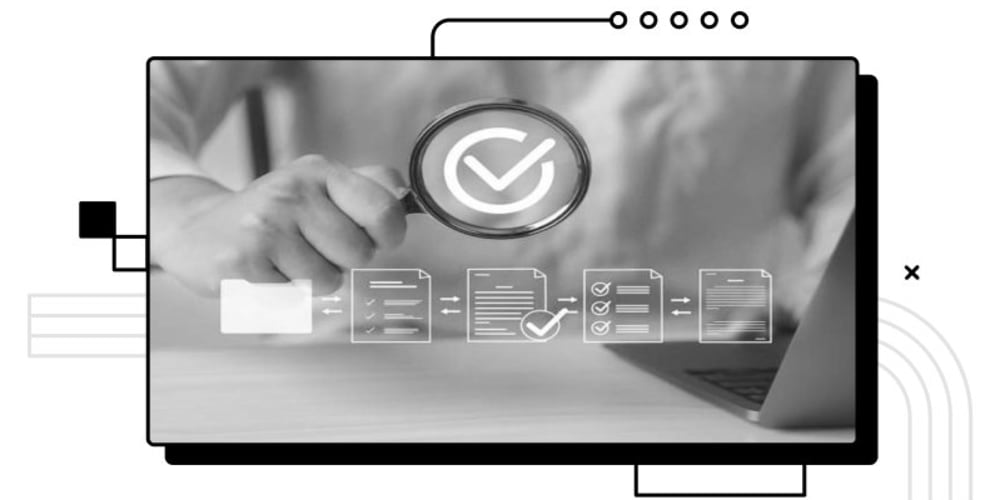What Are Forward and Reverse Proxies?
In the realm of network architecture, proxies play a critical role in managing and optimizing the flow of data between clients and servers. Forward proxies and reverse proxies are two common types of proxies. Despite their similar names, they serve very different purposes and are used in distinct scenarios. This blog post aims to shed light on what forward proxies and reverse proxies are, how they work, and their respective benefits.
What is a Forward Proxy?
A forward proxy, often simply called a proxy, acts as an intermediary between a client and the internet. When a client requests a resource from the internet, the client’s request is first directed to the forward proxy., which then forwards the request to the appropriate server. The server responds to the forward proxy, which in turn sends the response back to the client.
Use Cases for Forward Proxies
- Anonymity and Privacy: Forward proxies can hide the client's IP address from the server, providing a layer of anonymity.
- Content Filtering: Organizations can use forward proxies to block access to certain websites or content, enforcing internet usage policies.
- Caching: Forward proxies cache frequently requested resources, reducing bandwidth usage and improving load times.
- Bypassing Geo-restrictions: Users can use forward proxies to access content that is restricted to certain geographical locations.
Example Scenario
Imagine you're in an office environment where certain websites are restricted. When you try to access a blocked website, your request is sent to a forward proxy server, which checks the company's policy. If the site is allowed, the proxy fetches the data and sends it to you; if not, it blocks access.
What is a Reverse Proxy?
A reverse proxy, on the other hand, sits in front of the servers and acts as an intermediary for requests coming from clients. When a client makes a request to a server, the request goes to the reverse proxy first. The reverse proxy then forwards the request to the appropriate server, receives the response, and sends it back to the client.
Use Cases for Reverse Proxies
- Load Balancing: Reverse proxies can distribute incoming traffic across multiple servers, preventing any single server from becoming overwhelmed.
- Security: By hiding the IP addresses of backend servers, reverse proxies add a layer of security, making it harder for attackers to target the servers directly.
- SSL Termination: Reverse proxies can handle SSL encryption and decryption, reducing the load on backend servers.
- Caching and Compression: Similar to forward proxies, reverse proxies can cache content and compress responses, improving performance and reducing bandwidth usage.
Examples of Reverse Proxy Software
- Nginx: A popular web server and reverse proxy known for its performance and scalability.
- Caddy Server: An open-source web server with automatic HTTPS functions as a reverse proxy.
Example Scenario
Consider a popular e-commerce website that receives millions of visitors daily. Instead of all users directly hitting the main server, their requests go through a reverse proxy. The proxy efficiently distributes requests across multiple servers, ensuring no single server is overwhelmed and that the website remains responsive.
Key Differences Between Forward and Reverse Proxies
-
Direction of Traffic:
- Forward Proxy: Manages traffic from a client to an external server, acting as an intermediary.
- Reverse Proxy: Routes client requests to internal backend servers, ensuring optimized distribution and security.
-
Primary Purpose:
- Forward Proxy: Primarily used for client-side benefits such as anonymity, content filtering, and bypassing restrictions.
- Reverse Proxy: Primarily used for server-side benefits such as load balancing, security, and SSL termination.
-
Visibility:
- Forward Proxy: The server sees the proxy as the client.
- Reverse Proxy: The client sees the proxy as the server.
Conclusion
Both forward proxies and reverse proxies play essential roles in network architecture, but they serve different purposes and are deployed in different scenarios. Understanding the distinctions between them can help you choose the right proxy type for your specific needs, whether it's enhancing client privacy, improving server performance, or adding an extra layer of security.
By leveraging the appropriate proxy type, organizations can optimize their network infrastructure, ensuring efficient, secure, and reliable communication between clients and servers.





















